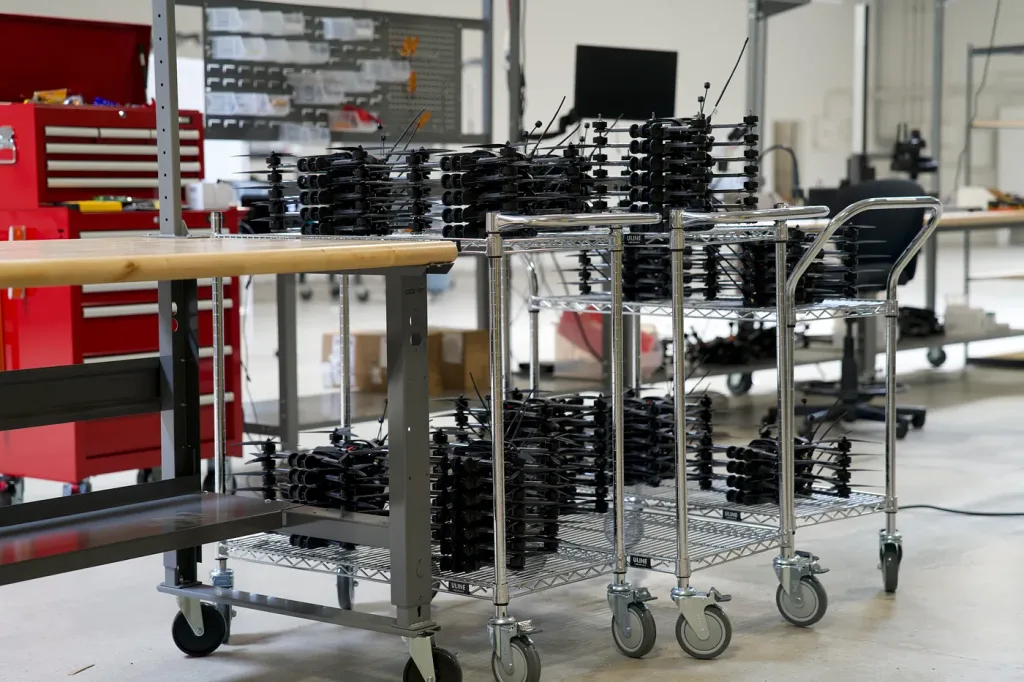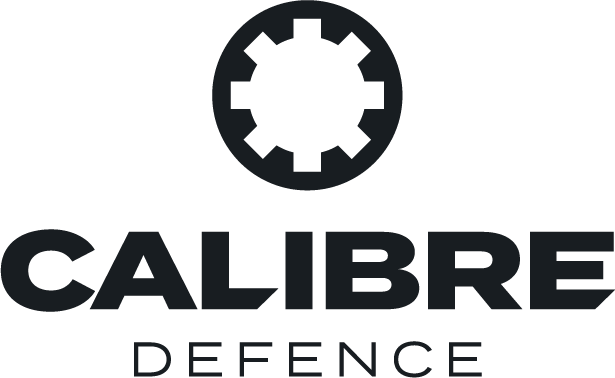Neros supplies Archer FPV to USMC and Ukraine
The US drone manufacturer Neros appears to have supplied its Archer FPV drone to the US Marine Corps, just weeks after announcing a large contract to supply 6,000 drones to Ukraine.
A video published on LinkedIn by Thomas Schueman on 1st March states, “the Marine Corps Attack Drone Team’s innovation and ingenuity are shaping the future of the Corps’ FPV capabilities. Watching them execute a mission was a great way to wrap up the week.” It shows a small section of marines call for an engagement and then launching an FPV, which from the characteristic antenna design, appears to be the Archer FPV from Neros.
The Neros LinkedIn account reposted the video with the comment, “There’s nothing quite like bringing new capabilities to the American warfighter.” It appears that the video was a demonstration, indicating that the USMC is potentially examining the Archer FPV for its suitability to meet their needs, rather than deploying them at scale. However, the Archer FPV is certified by BlueUAS, meaning that it uses a US or friendly supply chain, which will facilitate large orders from US customers in the future.
Neros was awarded a contract to supply 6,000 of its Archer FPV drones to Ukraine by the International Drone Coalition, according to statements made on social media and a report originally published by Forbes on the 21st February. The Archer FPV will be manufactured without warheads and supplied to the Ukrainian armed force who will add munitions from their domestic supply. This contract joins many others announced or indicated since the start of the year. Helsing is supplying more than 6,000 of its HX-2 loitering munitions to Ukraine, and there are some indications that STARK is also providing its One Way Effector-Vertical (OWE-V), both with a range of 100 km, making them capable of operational depth strikes. The scale of systems supplied should help to cushion the impact of the US pausing its military aid.
The Archer FPV has a range of more than 20 km with a 2kg payload. It uses a ground control station called Crossbow, that is claimed to provide enhanced resistance to jamming and stand-off from the Archer FPV’s emitter – the radio frequency antenna that is used to send controls to the drone. Neros reportedly designs its own radios for the system, and worked with the Marine Corps Warfighting Laboratory and the US Defense Innovation Unit on development of the drone over a period of 16 months, according to a February 2025 thread posted by Neros co-founder, Soren Monroe-Anderson on X.com.
Company profile: Neros

Neros FPV drones awaiting final testing before shipment. Credit: Neros.
Neros is based in LA and was co-founded by Soren Monroe-Anderson, a former world champion drone racer and Olaf Hichwa in 2023. The company announced its pre-seed and seed funding valued at $10.9 million in May 2024. The pre-seed was led by Cantos and the seed by Sequoia. Other investors in the seed round included A*, Peter Thiel, D3, Long Journey, BoxGroup).
Pre-seed funding is typically provided to get an idea off the ground and will be funding that is provided based on the team that is proposing the idea and its perceived value. It helps a company establish a minimum viable product (MVP) to gauge market traction. Once traction is established and an MVP realised, seed funding generally helps a company expand. This is what Neros did, announcing that it was establishing a 1,400 square metre factory for the design, development, and production of drones in El Segundo, California.
At that time, the company’s announcement published on Medium indicated that they had already deployed products to Ukraine. It also emphasised Hichwa’s experience and pedigree in building hardware for drones like printed circuit boards that became very successful in the drone racing market. “China, with the strongest electronics production in the world, has been supplying the vast majority of drones and components to both Ukraine and Russia, simultaneously profiting from both sides and favoring Russia heavily. Neros exists because this is an unacceptable reality,” Soren wrote in that article.
Calibre comment
Neros is working to vertically integrate its design and production supply chain, which means that it aims to produce parts that might otherwise be imported; the electrical motors used in the Archer FPV for example. This is a common theme within the defence tech sector, with both Anduril and Saronic looking to establish production facilities that are based around vertically integrated supply chains. It reflects a concern, which is also found across the defence industry, that supply chains are typically very complicated and complex, making it difficult to comprehensively review and understand the risks that they face. The slow down of car manufacturing because of the impact that COVID had on microchip production is often cited as an example. However, others include the bottlenecks created by the sudden demand for artillery ammunition following the invasion of Ukraine, which found that supplies for raw materials like cotton cellulose were often difficult to increase at short notice, and that factory capacity to increase production was also difficult to scale at the same time. For Neros, creating a vertically integrated supply chain will have costs associated with it, but this approach is favoured particularly where the alternative means potentially procuring components from China, or companies in countries that might be more friendly to China than the West.

Sign Up for Updates!
Get insider news, tips, and updates. No spam, just the good stuff!





